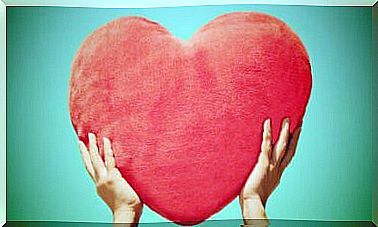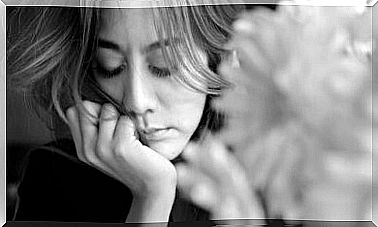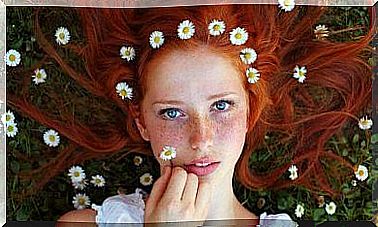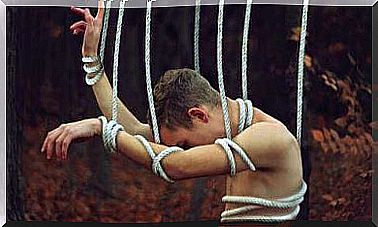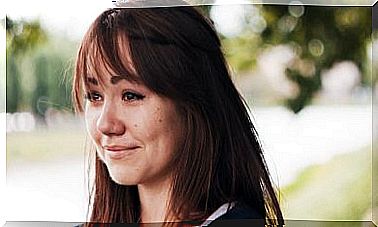Childhood Anxiety: Symptoms And Treatment

Child anxiety is an increasingly common problem. The stimuli to which the little ones are exposed are many and often little controlled by adults. On the other hand, the demand for many of them is great, greatly reducing the time they have to play freely in exchange for chaining hours and hours of private lessons.
On the other hand, let’s think that the way in which childhood anxiety manifests is different from the way it manifests in adults ; hence the need to study it separately. Only then will we be able to identify it correctly. Also, by doing it this way, we will be able to find the most effective ways to intervene.
Thus, in this article we are going to study both the symptoms and the most common treatments for childhood anxiety. But first, we need to briefly look at what exactly anxiety is.
What is anxiety?
According to the American Psychological Association (APA), anxiety is an extreme stress response of the body. This sensation is caused by a stimulus perceived as threatening. Depending on the specific anxiety problem, the trigger can be both external and internal.
On the other hand, it should be noted that anxiety can manifest itself in many different ways. Thus, in general, it is often spoken of different psychological disorders related to this problem. In the case of children, those presented are similar to those of adults; which does not take away so that some significant differences may appear.
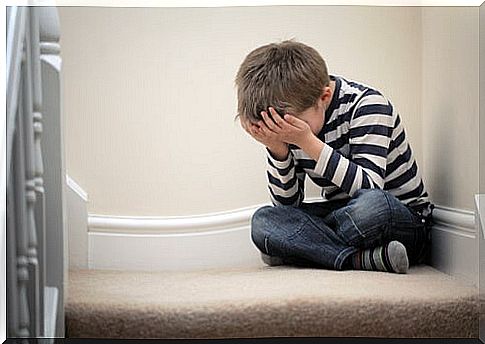
Symptoms of child anxiety
As in the case of older people, children can manifest anxiety problems in different ways. Here are some of the most common manifestations of an anxiety disorder in childhood.
1- Selective mutism
Selective mutism is characterized by a lack of speech in situations where the child would be expected to speak. This lack of speech also interferes with the minor’s daily life ; for example, making relationships difficult in class or making friends easily.
Selective mutism appears in cases where the child does not have a physical speech problem. On the contrary, silence does not stop being a way that you use to protect yourself, although on the other hand it does not stop causing you emotional discomfort. This disorder can be diagnosed even at the age of five, but it usually appears later.
2- Separation anxiety
Most children feel bad when they have to be separated from their parents. This can happen when adults have to be absent for a long time, or when little ones have to go to daycare for the first time. However, in the case of separation anxiety the symptoms are usually much more severe.
When true separation anxiety occurs, the child has a really bad time when separated from the absent person. This discomfort can occur when going to school, traveling or hiking, but it can also appear when adults must be absent even a short time from home.
The problem is that this anxiety directly attacks the child’s emotional distress. Therefore, it is necessary to seek professional help in case of suspecting the existence of a picture like the one we describe.
3- Social phobia
The last of the most common childhood anxiety disorders is social phobia. This occurs when the child is unable to relate to others, although he would like to, due to extreme shyness. In addition, you will usually avoid taking certain actions so as not to expose yourself to the criticism of others.
Again, this type of childhood anxiety will hinder the development of the child . Therefore, below we will see which are the interventions that are raised most frequently.
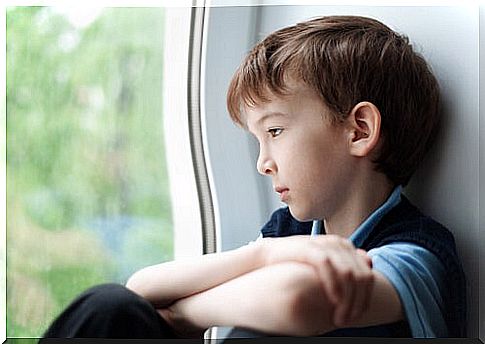
Treatment of childhood anxiety
1- Change of beliefs
Approaches, such as cognitive-behavioral therapy, consider that anxiety appears and is maintained by a series of irrational beliefs. Though less obvious in children, thoughts are often considered the cause of psychological distress as well.
This is why most attempts to cure childhood anxiety involve changing wrong beliefs. Thus, the main job of the psychologist is to detect limiting thoughts and replace them with others that help the child.
2- Exposure
However, helping them think better is not the only thing we can do for children with an anxiety disorder. In addition to this, it is necessary to help the little one to face little by little what generates his fear. Only in this way can you normalize it and end up overcoming your fears.
Of course, this process can be quite complex. However, the main techniques for treating anxiety are these two. Child psychologists are specialized in applying therapy to children, in such a way that asiogenic symptoms, especially discomfort, end up disappearing with the intervention.

